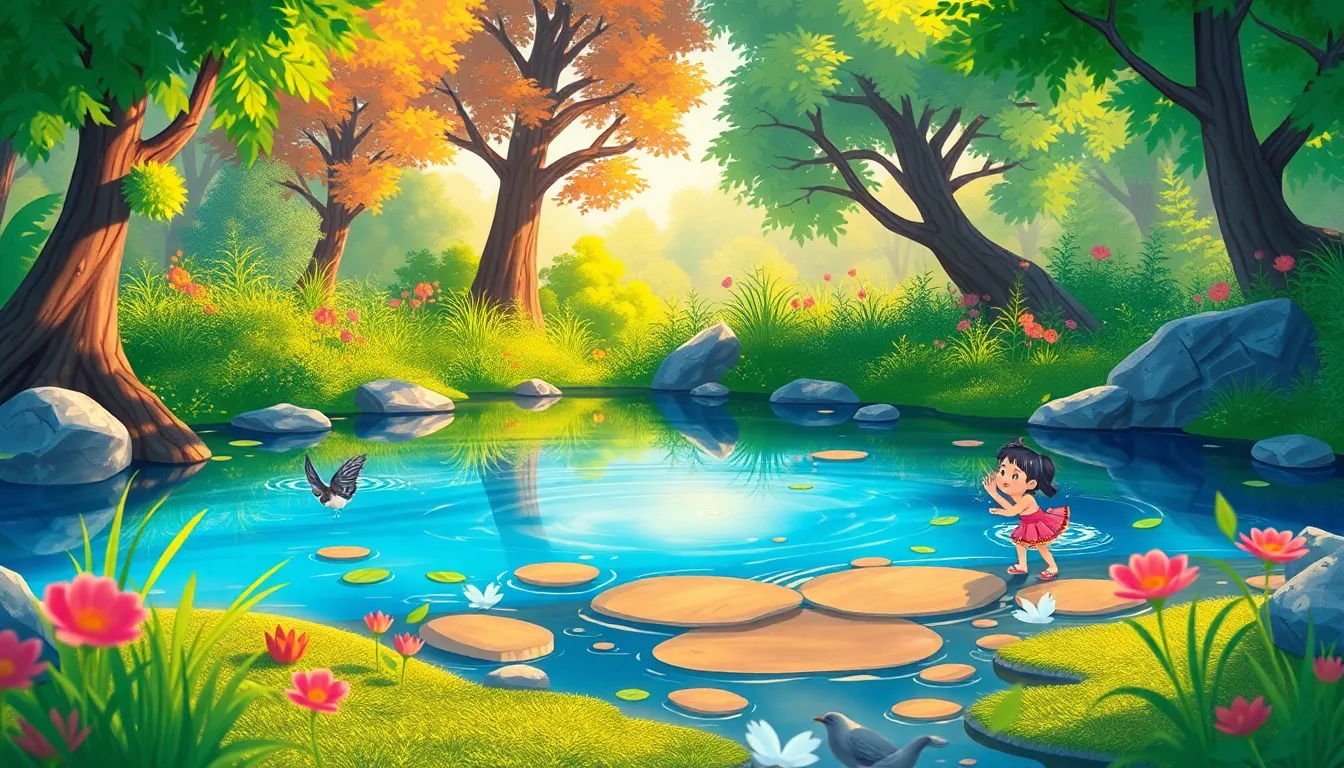
🌊 Lakes: Nature’s Shiny Puddles
Introduction
Lakes are big, calm pools of water that sit inside the land. They can be tiny—like a small pond in a backyard—or huge, as wide as a whole town! Let’s explore what makes lakes special.
1. How a Lake Forms
- Rain And Snow: Water falls from the sky, runs down hills, and gathers in low spots.
- Glaciers: Long ago, giant ice blocks scraped the earth, leaving deep holes that later filled with water.
- River Dams: Sometimes a river is stopped by rocks or trees, and the water builds up into a lake.
2. What Lives in a Lake?
- Fish: Little minnows to big bass swim beneath the surface.
- Plants: Water‑lily pads float on top, and tall reeds grow at the edges.
- Animals: Ducks, turtles, and frogs love to visit for food and a safe place to rest.
3. Lakes Vs. Puddles (a Fun Comparison)
| Feature | Lake | Puddle |
|---|---|---|
| Size | Many football fields big | Small enough to fit on a shoe |
| Depth | Can be deeper than a 10‑story building | Only a few centimeters |
| Life | Home to many plants and animals | Usually just water and maybe a bug |
4. Imagine Your Own Lake
Close your eyes and picture a sparkling lake in a forest. What colors do you see? Maybe orange fish, green lily pads, and a rainbow after rain. What sounds do you hear? The splash of a jumping frog, the whisper of wind on water, and birds singing nearby. You can draw or build a pretend lake with sand, water, and toys at home!
Did You Know? 🤔
The deepest lake in the world is Lake Baikal in Russia. It’s so deep that you could stack Four Eiffel Towers inside it!
Conclusion
Lakes are wonderful places where water, plants, and animals all live together. Next time you see a pond, a lake, or even a big puddle, think about the tiny world inside it. Grab a notebook, go on a walk, and discover the amazing lakes around you! 🌟